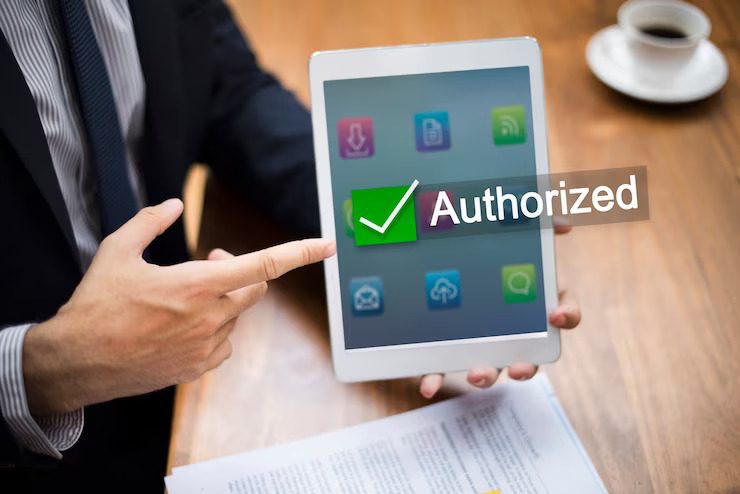Implementing authentication and authorization is essential for securing web applications and ensuring that users have the appropriate access to different parts of the application. Authentication verifies the identity of users, while authorization controls what actions and resources they can access. Here’s a general approach to implementing authentication and authorization in web applications:
1. Authentication:
- User Registration and Login:
- Provide a user registration form to collect user details and store them securely in a database.
- Implement a login mechanism that verifies the user’s credentials against the stored data in the database.
- Authentication Mechanisms:
- Use secure authentication mechanisms like password hashing and salting to protect user passwords.
- Consider adding multi-factor authentication (MFA) for an extra layer of security.
- Session Management:
- Create and manage user sessions upon successful login to keep track of the user’s authentication status.
- Set session timeouts and implement proper logout functionality.
2. Authorization:
- Roles and Permissions:
- Define user roles (e.g., admin, user, moderator) and their corresponding permissions (e.g., read, write, delete).
- Store role and permission information in the database or other secure storage.
- Access Control Lists (ACLs):
- Implement access control lists that map user roles to specific resources and actions they can perform.
- Middleware and Route Guards:
- Use middleware or route guards in your application’s backend to check the user’s authorization before allowing them to access certain routes or perform actions.
3. Secure Communication:
- Use HTTPS (SSL/TLS) to encrypt data transmitted between the client and server, protecting it from eavesdropping and man-in-the-middle attacks.
4. Protect Sensitive Data:
- Store sensitive data, such as passwords and API keys, securely using encryption and avoid exposing them in the source code or client-side scripts.
5. Cross-Site Request Forgery (CSRF) Protection:
- Implement CSRF tokens in forms to prevent attackers from executing unauthorized actions on behalf of authenticated users.
6. Input Validation:
- Always validate and sanitize user input to prevent common security vulnerabilities, such as SQL injection and cross-site scripting (XSS).
7. Error Handling and Logging:
- Implement proper error handling and logging mechanisms to identify and respond to potential security threats or issues.
8. Regular Security Audits:
- Conduct regular security audits and penetration testing to identify and address potential vulnerabilities in your application.
9. Third-Party Authentication (Optional):
- Consider integrating with third-party authentication providers (e.g., OAuth, OpenID Connect) to allow users to log in with their existing social media or email accounts.
Remember that security is an ongoing process, and it’s essential to stay up-to-date with the latest security best practices and vulnerabilities. Regularly review and update your authentication and authorization mechanisms to ensure the continued security of your web application.





